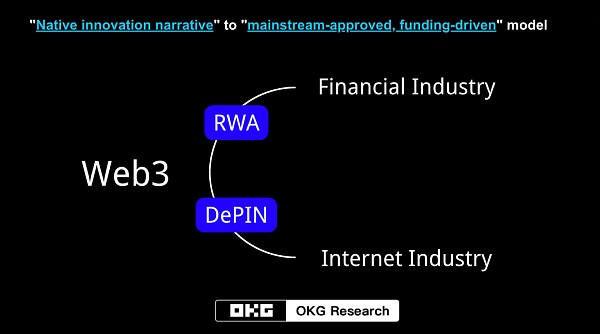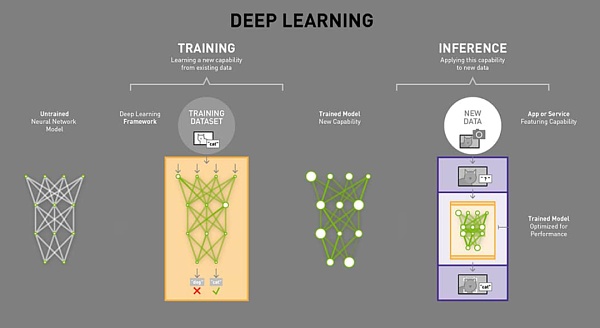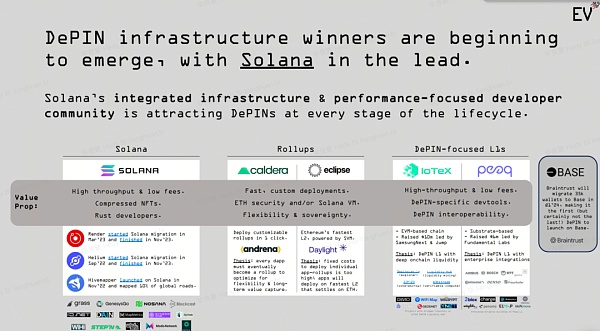Author: Hedy Bi
The Hong Kong Web3 Carnival has come to an end, but the pulse of Web3 freedom is still beating and constantly penetrating into other industries. Compared with the previous cycle, the logic of this round of bull market is to transform from "native innovation narrative" to "mainstream recognition, capital-driven" mode. The development stage of Web3 observed by the author has also evolved from a "closed and niche absolute freedom" to a "relative freedom under true tolerance" stage.
Under such logic, if we don't jump out of the box to analyze, the native innovation narrative of waiting for the rabbit can no longer adapt to the current development of Web3. Since the entire Web3 embraced compliance, Web3 has refocused on the financial field under the continuous promotion of the Hong Kong government. Mainstream financial institutions have also accelerated their participation in Web3 through RWA and spot ETFs.
At this conference, in addition to mainstream financial institutions entering Web3, we also saw an opportunity to connect Web2 and Web3 - the DePIN track. In particular, the promotion of the development of AI large models has made the sub-track of DePIN - the redistribution of computing power once again a hot topic.

Source: OKG Research
Computing power is bait, but AI large model training is not the best landing scenario for DePIN
"Blockchain is to establish trust through technology, and AI is an industry that extremely needs trust." Haseed Qureshi, managing partner of Dragonfly Capital, said at the conference.
DePIN is not a new track, it was proposed a few years ago. It is the outbreak of AI big models that has led to a lot of discussions in the industry about computing power and data. It is estimated that the cost of big model computing increases 31 times each year. There is a global shortage of GPUs, and companies like NVIDIA are at the top of the food chain of current market demand and have great pricing power. Monopoly or decentralization, the debate about cost has become the reason for the heated discussion on the Web3 DePIN track again.
Although AI big model training is the cause, Rome was not built in a day, and AI big model training is not the best landing scenario for DePIN at present. The requirements for computing power in AI big model production mainly revolve around two aspects: reasoning and training. In the training stage, a complex neural network model is trained by feeding a large amount of data. In the reasoning stage, various conclusions are inferred using a large amount of data using the trained model.

Source: NVIDIA
The combination of decentralization and computing power, the difficulty coefficient decreases from training to fine-tuning training to inference. In DePIN, we can see that more projects in the industry are focused on inference rather than training. The main reason why most companies use NVIDIA GPU clusters for AI training is that they have their own powerful parallel computing capabilities and memory bandwidth. Compared with the inference link, the requirements for parallel computing capabilities and bandwidth are much lower. And large model training pays more attention to stability, because once the training is interrupted, it needs to be retrained. If a decentralized computing power application is built on Ethereum for GPT to use, a single matrix multiplication operation alone will consume up to $10 billion in gas fees and take 1 month.
In addition, the author analyzed the current status of several popular projects at this conference, which showed a trend of supply exceeding demand, that is, the supply of computing power distributed around the world exceeds the demand of AI developers for AI model training or reasoning tasks. It is not to say that the demand does not exist. Sam Altman, the founder of OpenAI, proposed to raise 7 trillion US dollars to build an advanced chip factory that is 10 times the size of TSMC and used for chip production and model training. Stanford University research also shows that no matter which language model, when the scale of training parameters exceeds the critical value of that scale, its performance (such as accuracy) will increase dramatically. This is completely opposite to the law of "great strength produces miracles", and it also means that in reality, the idea of decentralized computing power still has many problems to solve.
The "historical origin" of the DePIN track can be traced back to the "sharing economy"
The concept of DePIN itself is not difficult to understand, and can even be traced back to Web2. Looking back at the Internet industry, for at least 15 years, Web2 players have been immersed in aggregating personal tangible assets to create a "sharing economy." If intangible assets (such as idle servers, etc.) are directly redistributed to the demand side in the form of Peer to peer (P2P) or Peer to business (P2B), decentralized technology blockchain can optimize the production relationship through an incentive mechanism. This is what DePIN is going to do.
Therefore, under the DePIN track, everyone's enthusiasm on the supply side is high. In fact, Web2 has been accumulating for "redistribution" for a long time, but this time, the intermediary is directly removed. There are nearly a thousand DePIN projects, especially Solana ecosystem. According to Messari statistics, Solana ecosystem is in a leading position in DePIN infrastructure, which is due to the high infrastructure integration and performance of Solana public chain. In terms of regional distribution, it is expected that many of the top 10 DePINs will come from Asia from 2024 to 2025.

Source: Messari
Web3 and AI have many intersections. As the universal currency of the future digital world, computing power is the first thing people pay attention to. However, decentralized computing power, the most reasonable landing scenario, is not the easiest to land.
At the intersection of Web3 and AI, in addition to overcoming technical difficulties and continuously breaking through such problems, there are many other branches such as AI agents that grant creators ownership and small AI model computing scenarios that are worth exploring and will be more practical. There will always be a balance between the success of business models and technological breakthroughs. DePIN is accelerating this process, and DePIN's "hunting trip" will also be fruitful.
 JinseFinance
JinseFinance
 JinseFinance
JinseFinance JinseFinance
JinseFinance JinseFinance
JinseFinance JinseFinance
JinseFinance JinseFinance
JinseFinance JinseFinance
JinseFinance JinseFinance
JinseFinance JinseFinance
JinseFinance JinseFinance
JinseFinance Coinlive
Coinlive